The Giant Book of Poetry
William H. Roetzheim, Editor
Copyright acknowledgements for poems contained in this work are contained in the acknowledgement section at the end of this work, which shall be considered an extension of this copyright page. The special contents of this edition
are Copyright 2006 by William H. Roetzheim This book was illustrated by
William H. Roetzheim The author would like to thank Chris McDonald for assistance researching author dates of birth and Marshall Harvey for help with copyediting the manuscript. Published by Level Four Press, 13518 Jamul Drive,
Jamul, CA 91935-1635 USA.
www.Level4Press.com Library of Congress Cataloging-in-Publication Data
The Giant Book of Poetry
edited by William H.
Roetzheim
p. cm. 1. Poetry 2. English poetry. 3.
American Poetry. I. Roetzheim, William H. Library of Congress Control Number:2005903197 This book is printed on acid-neutral archival Quality paper.
Printed and bound in the Canada.
Dedication
To my wife Marianne
our relationship is the poetry that matters.
Introduction
This book started out as a flurry of yellow sticky notes.
I was new to poetry and as I devoured hundreds of books of poetry over a four year period, I pasted yellow sticky notes on those poems I especially liked, along with jotted notes about my reaction to the poem. Eventually I decided to organize these into a single document to make it easier for me to find a particular poem I was interested in. It was a very small step from that document to this book. A poetry book is commercially not the most practical book to write, and a broad based anthology such as this one is, perhaps, the least practical of the poetry books. So why do I think theres a place for this book in the market? I see two primary readers for this book. I believe that for a reader relatively new to poetry (as I was a few short years ago), this is a great first book of poetry.
It includes a broad cross section of poetry in terms of time written (classic versus modern versus contemporary), poetic form, and author nationality (although there is an emphasis on authors writing in English). In addition, because this book collects together many of the best loved poems of all time I view it as a good bedside companion for all poetry lovers. Ive included brief notes on many poems in the footnotes on each page. Each footnote includes the form of the poem, defines any unusual words, and where helpful for understanding, includes a brief note on interpretation. Poetic meter is covered in an appendix to this book, and the notes on form use terminology from that appendix. The criteria for being included in this book are three-fold.
First, I must have been exposed to the poem somewhere. Im certainly aware that there are a large number of wonderful poems, and poets, not represented here simply because I have not yet had the pleasure of discovering their work. In those cases, I can only beg forgiveness and hold out the promise of future editions. Second, I must have liked the poem. There were no committees here, just a single editor. This means that the book will be filled with a lot of poems that are the style of poetry that I as a reader enjoy.
To the extent that your taste in poetry is like mine, you will agree with my decisions. To the extent that your taste in poetry is unlike mine, you will disagree. Fortunately, my personal taste tends to be relatively broad so you are likely to find a good selection of poetic styles and subjects. Finally, the owner of the rights in the poem must have been willing to grant me the right to reprint the poem. To better understand what I feel makes a poem good, and thereby to better understand my criteria for inclusion in this book, we need to turn to a document I wrote called The Level Four Poetry Manifesto.
Level Four Poetry Manifesto
Poetry can be thought of as operating at four levels.
Level One: A poem should communicate clearly to the reader at the denotative level. In other words, with even a casual reading of the poem, a non-sophisticated reader should understand this surface message. The poem should offer something to the reader at level one in payment for their time reading the poem. For example, this might be an interesting story, a memorable image, a surprise ending, or a shared emotion. Multiple readers of the poem should agree on the Level One message of the poem. Level One deals with the concrete.
Level One makes the poem successful for the non-skilled reader. Level Two: A poem should communicate subtly to the reader at the connotative level, creating a desired mood within the reader. This is accomplished through poetic techniques such as word choice with attention to connotative meaning, imagery, and music. Music may include meter, rhyme, consonance, assonance, and attention to the emotional message of various consonants, vowels, and phonemes. Level Two is focused on the skilled reader of poetry, but adds to the enjoyment for non-skilled readers as well. Level Three: A poem may offer a separate, hidden message to the reader through the use of metaphor or similar techniques.
In other words, all or part of the poem may represent something deeper in meaning than the surface description. The Level Three message should be recognizable to the skilled reader, and should be obvious to the non-skilled reader when it is pointed out. Level Four: Level Four poetry uses a symbol to offer a separate, hidden message to the reader. Metaphors may be symbols, but symbols are not necessarily metaphors. The use of symbols in Level Four poetry has both literal and representative meanings and the representative meaning is flexible with the reader able to fill in the specific meaning that applies most closely to their personal life. Lets look at an example of a successful Level Four poem, Robert Frosts The Road Not Taken.
Heres the poem. Two roads diverged in a yellow wood, And sorry I could not travel both And be one traveler, long I stood And looked down one as far as I could To where it bent in the undergrowth; Then took the other, as just as fair, And having perhaps the better claim, Because it was grassy and wanted wear; Though as for that the passing there Had worn them really about the same, And both that morning equally lay In leaves no step had trodden black. Oh, I kept the first for another day! Yet knowing how way leads on to way, I doubted if I should ever come back. I shall be telling this with a sigh Somewhere ages and ages hence: Two roads diverged in a wood, and I I took the one less traveled by, And that has made all the difference. On Level One, its a pleasant story about a walk through the woods. Its an enjoyable poem without delving any deeper into it than this.
On Level Two he uses very clear descriptions of the woods and the paths (imagery), meter (iambic tetrameter), and rhyme. On Level Three the path and woods are a metaphor for the narrators life. Finally, on Level Four the fork in the path is a symbol representing (quoting HowardM2 on the Poetry Free For All Bulletin Board): a choice between two equally desirable alternatives one of which must be given up in order to have the other. As a symbol, this would obviously apply to many readers and would be personalized to represent individual choices they have had to make during their lives. Notice that the poem can be appreciated by a reader at any level without any awareness that it is operating at a higher level, but that the more carefully one studies the poem the more meaning is discovered. This is the mark of a successful poem within the Level Four manifesto.
All of the poems in this book are successful at levels one and two, most go to level three, and many go to level four. The heart of the Level Four Manifesto is that each level builds on the previous levels, and levels should not be skipped if a poem is to be successful. I say this fully recognizing that some very well known poets have intentionally skipped levels and that many well known poets and poetry journals gravitate toward poetry that skips Level One. For example, Gertrude Stein often skipped Level One and focused on Level Two. Many schools of poetry skipped Levels One and Two and jumped directly to Level Three. However, I would argue that this skipping of levels is exactly why the general readership of poetry shrank during most of the Twentieth Century.


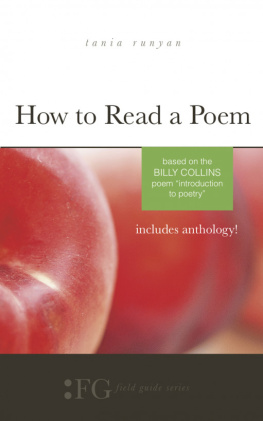
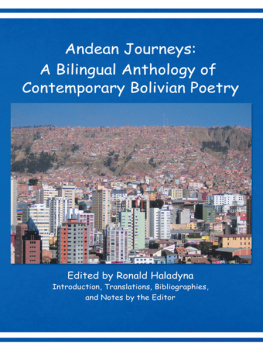
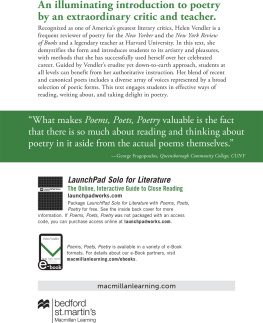
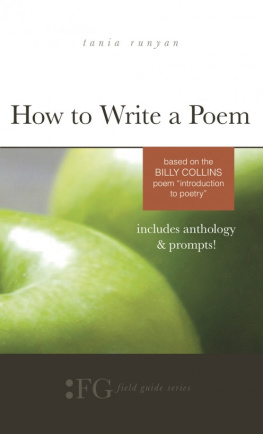
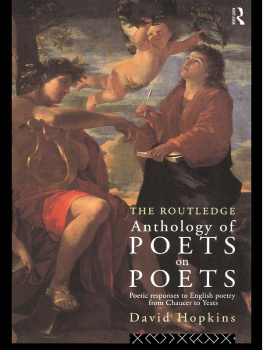

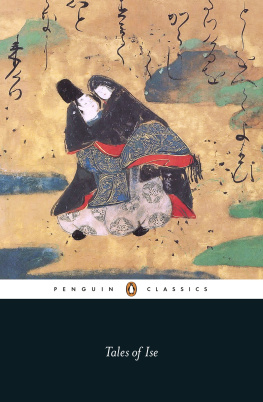

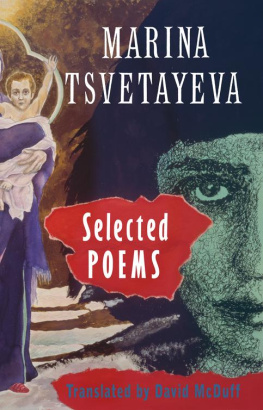
 Copyright acknowledgements for poems contained in this work are contained in the acknowledgement section at the end of this work, which shall be considered an extension of this copyright page. The special contents of this edition
Copyright acknowledgements for poems contained in this work are contained in the acknowledgement section at the end of this work, which shall be considered an extension of this copyright page. The special contents of this edition